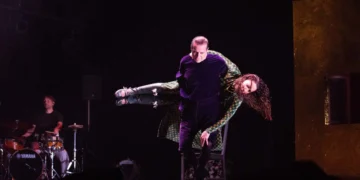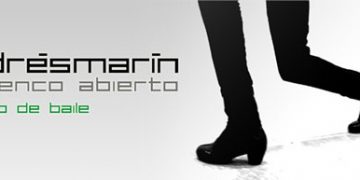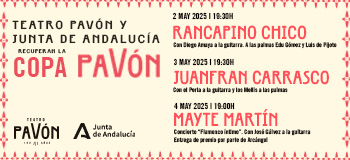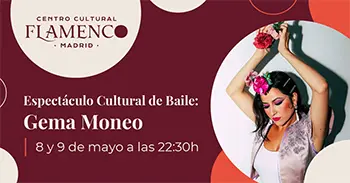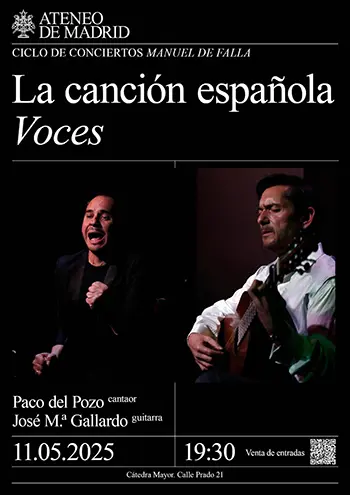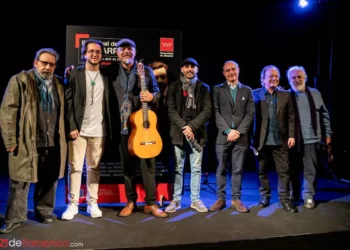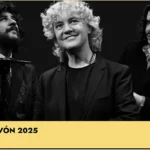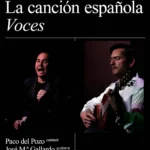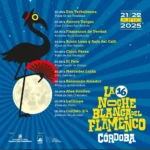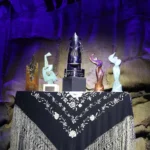|
Ist CONGRESO INTERNACIONAL DE FLAMENCO November 10-12, 2011. |
|
Text: Estela Zatania Specialists from diverse sectors gather in the capital of Andalusia for three days to exchange ideas and observations November 10 to 12, the first edition of the new Congreso Internacional de Flamenco was celebrated in Seville. Unlike earlier congresses, such as the venerable Congreso Internacional de Arte Flamenco with four decades under its belt, this initiative did not deal with the specifics of flamenco music or dance, but revolved around the infrastructure of the genre.
Symbolically coinciding with the first anniversary of the UNESCO naming of flamenco a World Cultural Heritage, the event brought together over a hundred representatives of diverse activities related to flamenco…festival programmers, critics, flamenco fashion and footwear, tourism, publishers, record companies, etc…and some 200 people attended the event which was staged at the Santa Clara convent now serving as a cultural center. The objective was to exchange impressions and concepts to be included in a “Libro Blanco del Flamenco” that will be published in 2012. After the inauguration Thursday morning by José Antonio Griñán, president of the Andalusian regional government, with the intervention of Juan Manuel Suárez Japón of the UNIA, and Antonio Fernández Díaz, president of the Consejo Asesor del Instituto Andaluz del Flamenco, it was possible to visit the graphic exhibition of Vázquez de Sola “El Cante Tiene un Misterio” with 49 portraits of flamenco artists. Journalist Manuel Curao conducted the first roundtable discussion during which animated debate took place between Fosforito, Llave de Oro del Cante, Matilde Coral, honorary president of the Artistic Commission of the Ballet Flamenco of Andalucía, singer José Arcángel, dancers Eva Yerbabuena, Pepa Montes and María del Mar Moreno, guitarist Gerardo Núñez and percussionist Antonio Coronel about the current state of flamenco. In the afternoon, groups corresponding to patrimony, cultural industry and communication began their respective activities. The patrimony group discussed various perspectives in flamenco investigation and cultural administration, while the second group dealt with commercial interests and third studied the image of flamenco in the media and future challenge in communication. Domingo González who until last year was director of the Bienal de Flamenco de Sevilla, commented that flamenco has a dynamic and growing market with a very varied audience. A long list of people took place in these debates. The director of the Instituto Andaluz del Flamenco, María Ángeles Carrasco, the Asociación de Empresarios del Flamenco represented by Pepa Gamboa, José María Velázquez Gaztelu, a representative of the Instituto Cervantes, critics such as Manuel Martín Martín, Fermín Lobatón, Alfredo Grimaldos and Alberto García Reyes, and poets and writers like Félix Grande and José Luis Ortiz Nuevo among many others took part. Key people from selected firms arrived from abroad…the United States, Germany, France, Italy…to contribute their particular perspectives. One of the most interesting study groups was devoted to new technologies as applied to flamenco media, the so-called Flamenco 2.0. Although in various presentations from the diverse roundtable groups the role of internet was highlighted as necessary and essential, it was in the group devoted to communications media that included projects such as Flamenco en Red, FlamencoRadio.com and Flamencotv.es. Our own medium, Deflamenco.com, defended the importance of our on-line magazine as a communication tool for the past eleven years, with no sort of public support, and financed only by the on-line shop; flamenco fans and clients are what keep the project going. Likewise, the editor of Flamenco-world.com defended the quality and professional character of internet journalism. During the same roundtable discussion, with audience members participating, the importance of blogs by critics, artists or flamenco fans, was also discussed. At present, social media (Facebook, Twitter…) are the hub of flamenco communications, allowing the natural interaction of all players of the flamenco community. Diego Pérez, president of the Confederación Andaluza de Peñas Flamencas, defended the role of flamenco peñas, and pointed out the very small amount of economic support they receive to help towards the education of young artists. Francisco Javier López reminded those present that the UNESCO distinction implies certain obligations that must be met in order to satisfy the requirements. The topic of tourism in Andalusia was also discussed, from both Spain and abroad, and its relationship with flamenco. Among other things there was consensus regarding the important subject of the presence of flamenco in educational programs at every level, since flamenco is the identifying characteristic of Andalusia. The evening of the last day, at the Fundación Tres Culturas del Mediterráneo, there was a closing session to present ideas and conclusions resulting from the three working groups, followed by a show that included the dancing of Andrés Marín with José de la Tomasa singing, and the guitar of Salvador Gutiérrez, in addition to a flamenco group with Carmen Ledesma, Antonio Moya and Mari Peña. |




